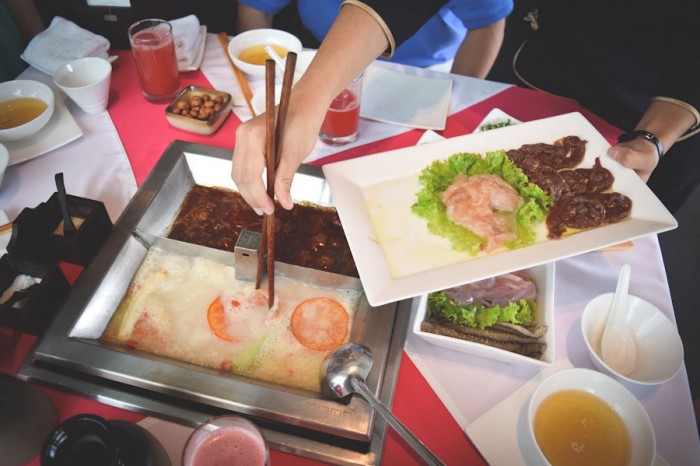
As it turns out, there’s a lot more to Chinese food than meets the eye. Despite Seattle’s lively Chinatown and large Chinese community (nearly 20,000-strong in 2010), some of the most common dishes in China get lost in the shuffle on the way over to America.
But maybe that shouldn’t come as a surprise. “Chinese cuisine” encompasses a vast selection of dishes and snacks that vary from province to province. In fact, the nation has eight distinct cuisine districts, named for their province of origin: Sichuan, Hunan, Shandong, Guangdong, Anhui, Fujian, Zhejiang, and Jiangsu.
My recent trip to China revealed some of the hot commodities around the country that are lesser known here in the United States. Here are just a few authentic (mostly Sichuanese-style) dishes that you can try, without having to leave the city limits.
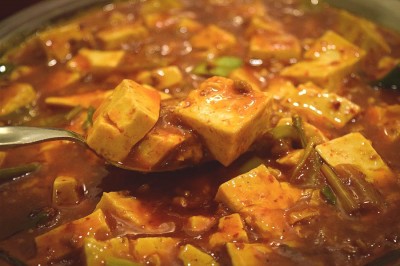
1. Mapo Doufu (麻婆豆腐)
If your taste buds are feeling adventurous, start with this tofu dish from Sichuan province. Its ma (numbing) la (spicy) flavor, unique to Sichuanese cuisine, gives the soft tofu a special kick and leaves the mouth with a burning, tingly sensation.
According to Head Chef Zheng of Abundant Flowers Restaurant in Chengdu, China, this is one of the most well-known and popular Sichuanese dishes in the nation.
Find it at: Sichuanese Cuisine, Spiced
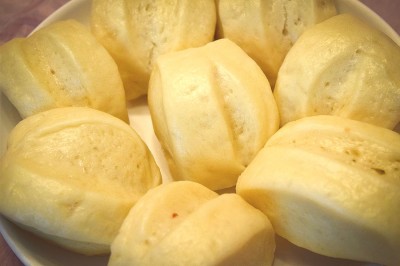
2. Mantou (馒头)
Skip out on the rice next time in favor of mantou, an equally filling dinner roll-like steamed bun. More commonly eaten in northern China, where land is more suited for growing wheat than rice, mantou are often consumed with congee and vegetables for breakfast, lunch, or dinner. Try a sweeter variety for dessert.
Find it at: Little Garden Restaurant; for make-your-own, look in the frozen aisle of Asian Food Center
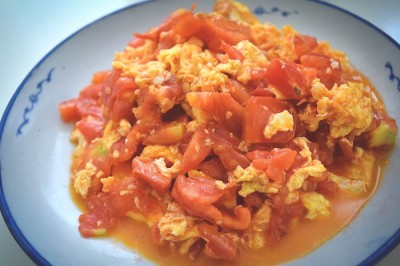
3. Xihongshi Chao Jidan (西红柿炒鸡蛋)
This dish happens to be one of my childhood favorites. Though it’s simple to make and widely-known in China, it’s a bit less common on Seattle’s restaurant tables (I don’t think I’ve ever seen anyone order it here).
The scrambled eggs and tomato slices, which are sprinkled with sugar, have a slight sweet and sour tinge that tastes great mixed with rice.
Find it at: Little Garden Restaurant or your own kitchen! Here’s a nice recipe.
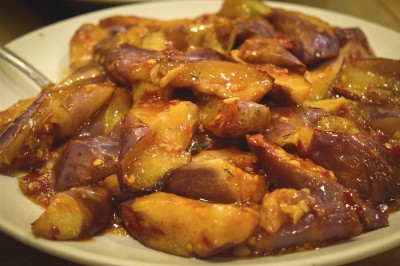
4. Yuxiang Qiezi (鱼香茄子)
Eggplant never tasted so good until yuxiang qiezi, strips of eggplant fried and doused in Sichuan’s sweet-sour-spicy sauce. Literally translated, it means “fish-fragrance eggplant,” but there is no fish involved in physical or aromatic presence; the term comes in reference to the sauce, which is also used to prepare fish.
Find it at: Sichuanese Cuisine, Spiced, Szechuan Chef

5. Shui Zhu Yu (水煮鱼)
Another Sichuan specialty, shui zhu yu is a boneless fish dish cooked via boiled water and served in a large bowl of ma la oil and sauce. Best scooped with a perforated ladle to drain out excess oil and Sichuan peppercorns.
Find it at: Sichuanese Cuisine, Spiced
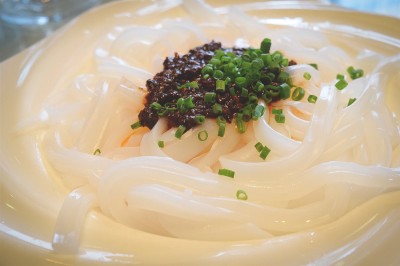
6. Ban Liang Fen (拌凉粉)
You’ve probably heard of chow mien and vermicelli noodles, but what about mung bean jelly noodles? The noodles, delicate and slippery, are made of mung bean starch and served cold with a flavorful sauce, varying depending on the region.
This dish is most popular in the summer due to its refreshing nature (and probably also the belief in Chinese medicine that mung beans have a heat-reducing, or xia huo, effect on the body).
Find it at: Sichuanese Cuisine, Spiced


Sichuanese on 12th and Jackson has a couple of these….I love this place.
http://sichuaneserestaurant.com/
Thank you for sharing this article on these six authentic Chinese dishes missing from American menus. I have always loved visiting different Chinese restaurants because I really like their cuisine. Like you said, “some of the most common dishes in China get lost in the shuffle on the way over to America.” That is really too bad because I like trying different dishes every time I go. I will just have to find a restaurant who has these plates you have listed. Thanks!